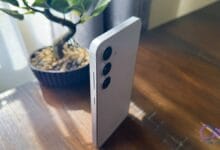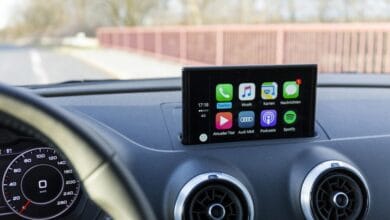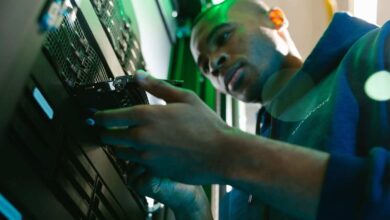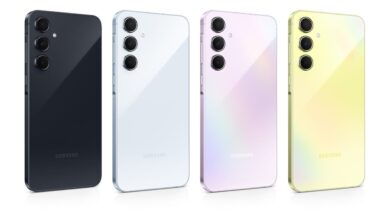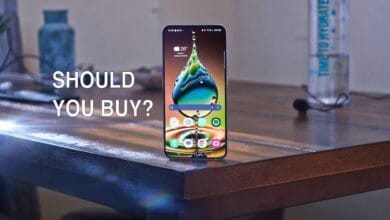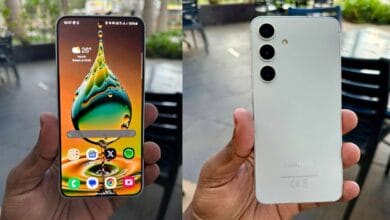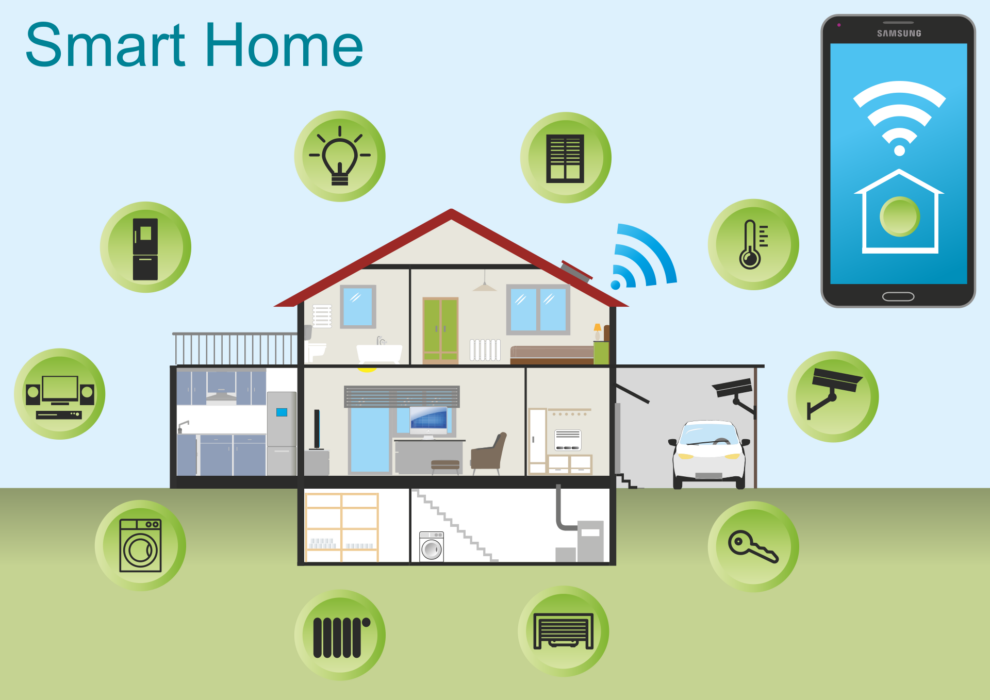
By Charles Kimari
For the past several years, the Internet of Things (IoT) has remained the industry’s biggest buzzword for its promise of delivering seamless connectivity across the multiple devices and technologies that we interact with in our daily lives – from our smartphones to smart TVs to smart trash can to the Family Hub refrigerator to even our cars. Yet while the vision has been alluring, with IoT and related technologies still maturing, the promise has always remained ‘a few years off’.
For example, in the home, when you wake up in the morning on a rainy day, the home lights will gradually brighten, while music fit for a rainy day is selected and played in the background. A cup of coffee will be prepared as soon as you say “coffee” while stepping into the kitchen and the refrigerator will also recommend meal ideas for the day, asking you would like to buy ingredients online.
These innovations are just but a few possibilities of the Internet of Things (IoT) supported by Artificial Intelligence. The possibilities are many. Instead of your content being locked to one device in one room, it can follow you wherever you go. Content such as live video streams and music can move between devices such as your smartphone and connected TV or connected speaker.
As a global consumer electronics leader across many categories from televisions to home appliances and mobile devices, Samsung Electronics is on the forefront to usher in a new era of connectivity and make the connected home a reality for emerging markets.
Innovations coming with the latest smartphone devices will largely contribute to this actualisation. With Bixby, for instance, a feature that we launched last year, if you start watching a TV show in the living room, you can say, “Bixby, I will keep watching in the bedroom,” and Bixby will pause your show and resume it when you get to the bedroom. All the associated tasks and devices can also move rooms with you and Bixby can turn the devices off in the living room if it’s now empty.
These home technology demonstrations are based on the ability of Samsung’s devices to communicate with one another. The company’s technology goes far beyond the capabilities of a regular AI assistant.
The latest flagship devices, the Galaxy S9 and S9+ offer seamless controls over the wide range of IoT devices that are united by Samsung’s SmartThings app. It places controls for a wide ecosystem of compatible smart devices in one simple and consistent interface, making it easy to manage every facet of your connected lifestyle, whether it be at home, at the office or on the go.
The app transforms the mobile phone into a universal control for a wide range of devices, allowing users to use their smartphone to, for instance, see who’s at the front door through their connected doorbell, check what’s in their fridge when planning for dinner, and receive real-time notifications when their laundry is finished.
In the developed world, the improving technology on IoT has led to a growth in smart home products and services adoption since this has contributed to a connected lifestyle. IoT should be as easy as flipping a switch and in the near future we should start seeing more of these adoptions in the emerging markets and especially Kenya.
Moving forward, the focus is on holistically integrating IoT into our normal settings. Today’s fragmented and complex IoT ecosystem is a barrier to adoption. For IoT to be approachable and accessible it requires scale and open innovation. This calls for more partnerships among the IoT ecosystems to allow for easier launch into market in our region and better user experience.
Kimari is the Head of Mobile Division, Samsung Electronics East Africa



